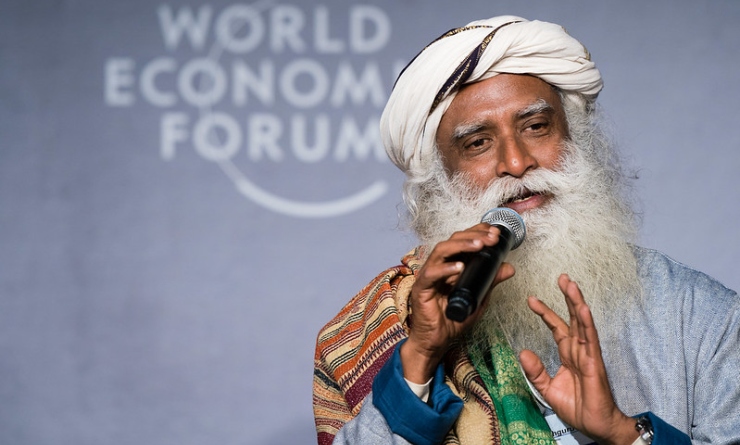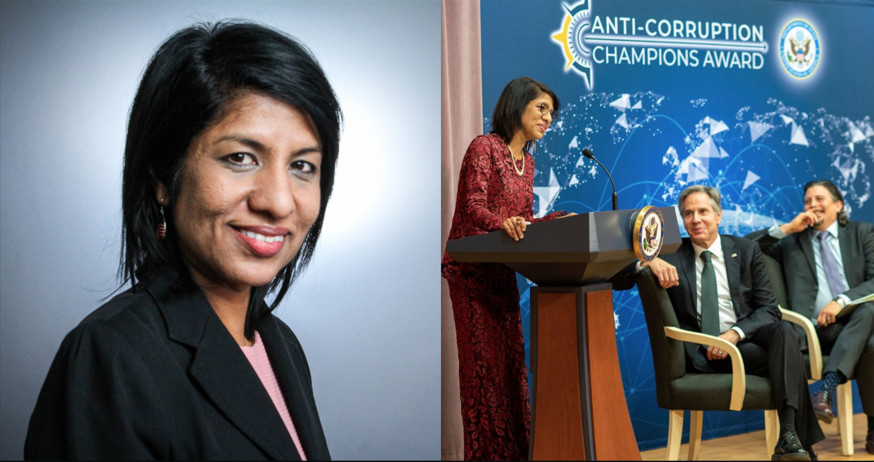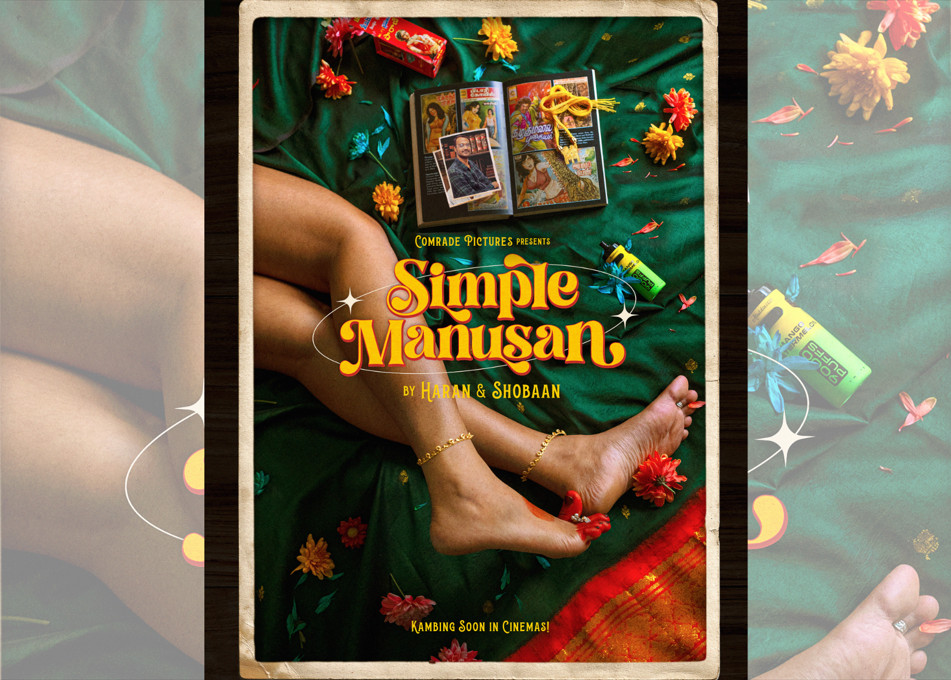In Thursdays with Sadhguru segment, the Yogi speaks about why soil is referred to as Mother Earth.
“Mother Earth” is more than a mere figure of speech. It refers to the womb of soil where life is nourished, allowing all of us to grow and blossom.
Our biological mother is only a representative; the real mother is the soil that we carry as our body. Even today, most farmers in southern India bow down to the soil before they step on it because the culture taught them that soil is the basis of their life. But in the world today, we have started referring to soil as dirt. If it is dirt, then we are all dirtbags!
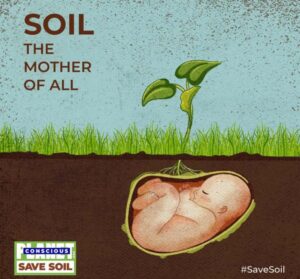
Who we are right now is a consequence of the living activity that is happening in the soil. A handful of soil has over five to seven billion organisms. Only if the soil is alive like that, it produces food. It is a completely wrong approach to treat soil as an inert substance on which you can throw chemicals and grow and extract things. It is living soil.
It is the microbial infrastructure in the soil that has led to the evolution of larger, more sophisticated and complex creatures, including you and me. Scientists point out that about a billion years ago, when there was no photosynthesis yet on the planet, the oxygen content in our atmosphere was just about 1.2 %. There is no way you and me or any complex life could have existed then. Only microbial life could exist.
This microbial life evolved into algae, fungi and other organisms, and they started photosynthesis, a magical process powered by a limitless amount of solar energy. All the other millions of life forms on the planet evolved out of that. Right now, we human beings do not have green leaves on our heads, and we are not doing photosynthesis, but we are a consequence of photosynthesis.
Today, it is common knowledge that without the help of the gut microbiome, you cannot digest the food that you eat. Even if you eat the best food, if you do not have the necessary microbial life in your gut, you will not be able to get the necessary nutrients. Our gut microbes are essentially from the soil; they evolved themselves to live in our bodies, but they are very similar to those in the soil.
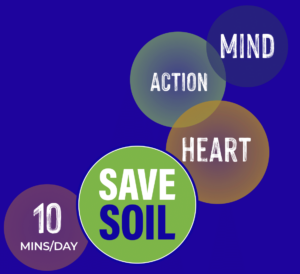
The plants cannot absorb nourishment from the soil directly by themselves. It only happens as an exchange between microbial life and plant life. Plant life captures carbon from the atmosphere, converts it into carbon sugars and trades very judiciously with the microbes for whatever it needs in terms of nitrogen, phosphorus, magnesium, iron, etc. Without this complex trading system in the soil, life cannot exist.
We are only a consequence of what is happening beneath our feet in the form of soil. But every year, on an average, 27,000 species of microbial life are going extinct on the planet. This means we are heading towards a serious depletion of soil, and in turn, depletion of all life. Life on this planet is a carbon chain. In any chain, if we break one link, the whole chain will collapse. Unfortunately, this link that we call soil has worn dangerously thin. United Nations agencies are saying that the planet may have agricultural soil only for another 80–100 crops. That means we would run out of soil in 45–60 years. If that happens, there will be a food crisis on the planet. We are looking at famines by 2035 or 2040.
We as a generation of people are facing a challenge; but at the same time, it is a privilege that we are in a cusp of time where we can pull ourselves back from a precipice. If we act now, in the next 10–15 years the global soil could be turned around significantly. If we cross this threshold, it will become very difficult for future generations to live here.
Policy Change Through the Conscious Planet – Save Soil Movement
Enshrining long-term soil health and biodiversity in national policies and manifestos of all political parties is important. Because without this, action will not be sustained. We may do something fancifully for a few days and retract again. The Conscious Planet – Save Soil movement is an effort to bring in a policy change. We have written to all the heads of state of 192 countries, and 730 political parties, to bring in a policy that a minimum of 3–6% organic content must be there in agricultural land.
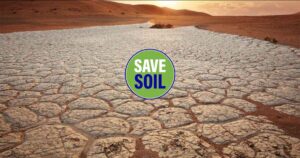
As a part of the movement, I am a lone motorcyclist riding 30,000 km across 27 nations in 100 days’ time. It may take many kilometres of riding to bring awareness to the world. At this stage in my life, if I ride 30,000 km, maybe that will be the end of me, but I want people to understand that someone is willing to invest their entire life into this.
Till now, there has been a spectacular response in every nation. Nearly 72 nations have committed to saving soil and are already on. Many UN agencies have joined us. We have active partnerships with United Nations Convention to Combat Desertification (UNCCD), UN Environment Programme (UNEP), World Food Programme (WFP), and the UN’s Food and Agriculture Organisation (FAO) scientists are also working with us. We are also setting up a group of 25–30 scientists who will handhold small countries for the next 24 months to see that soil regeneration can be embedded into their policy and also in action on the ground.
The Way Forward in the Middle East
The Middle East region has unique terrain and ecology. It has become desert now, but the desert in Saudi Arabia, for example, was a rainforest over 10,000 years ago. That is how drastically the geography can change. In the last 25 years, desert lands in the world have expanded by 10%. That is a serious challenge.
But you can turn it around. There are simple methods with which we can extend the little vegetation in the land year-on-year. In consultation with the top scientists in the world, we are preparing a soil policy document, which will have hundreds of ways in which we can regenerate soil in the world, depending on the latitudinal position, region, soil conditions, economic conditions, and also the agricultural traditions of the nation because agricultural traditions cannot be changed overnight.
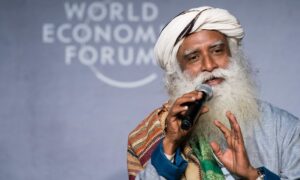
Slowly creating agricultural lands is important. It will take a lot of investment and much more work, unlike India or Europe where, with a little investment, the land will bounce back. It must be a long-term policy that in fifty years’ time, at least one aspect of what you need – fruits, vegetables or something else – you must be growing by yourself. Because it is dangerous for any nation to completely depend on some other region for food. Food must grow in the place where people are, because geopolitics can change over a period of time.
The greatest legacy we can leave for our children is an environment of rich soil and water. Only in preserving the quality of the soil, the quality of the planet and life will endure. Let us make it happen!
-This article is a contribution by Isha Foundation in collaboration with Varnam Malaysia-
Follow us on Instagram, Facebook or Telegram for more updates and breaking news.


